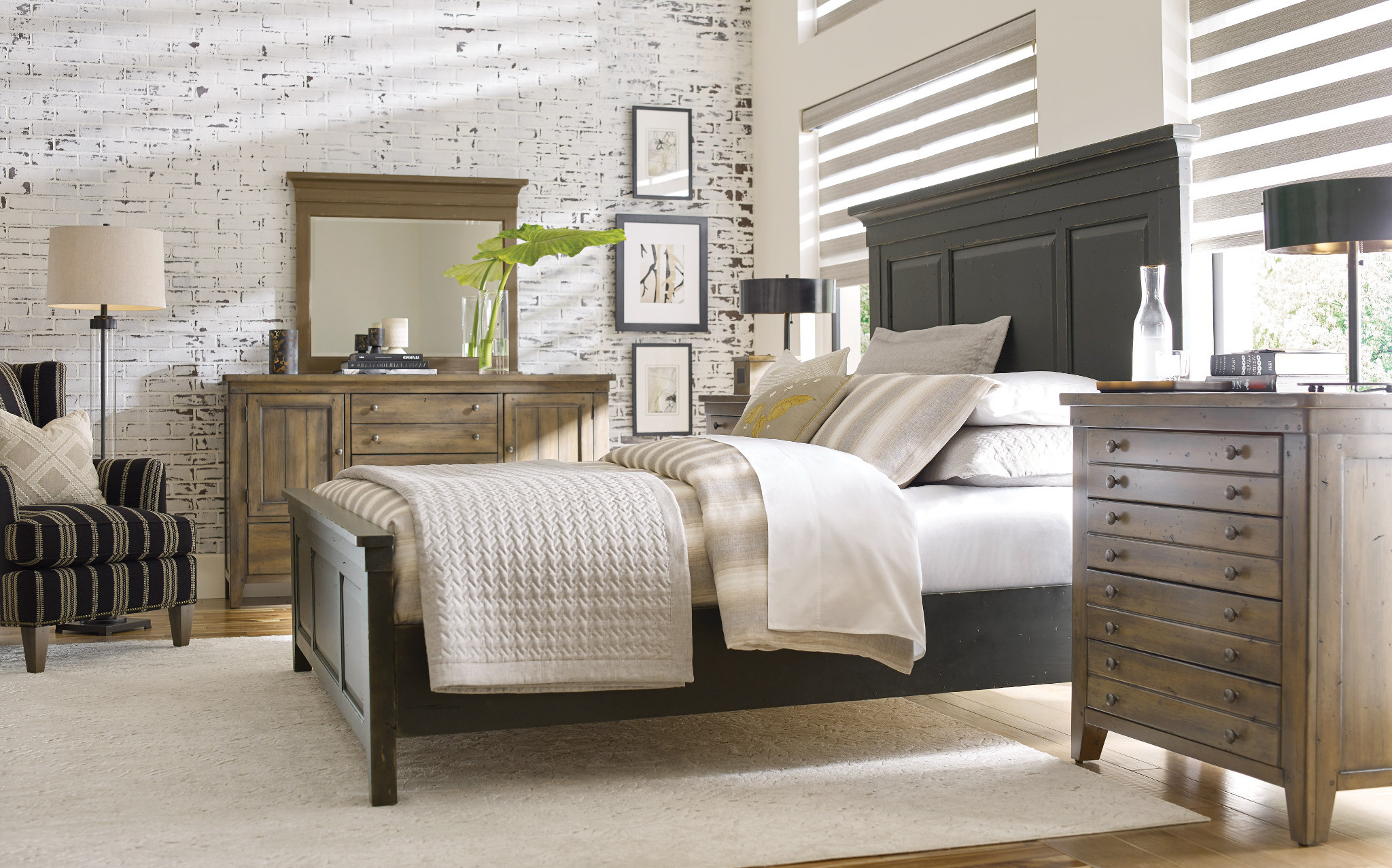

Articles
How To Mix And Match Furniture In Bedroom
Modified: October 20, 2024
Learn how to expertly mix and match furniture in your bedroom to create a stylish and cohesive look. Discover the best tips and tricks for incorporating different furniture pieces seamlessly.
(Many of the links in this article redirect to a specific reviewed product. Your purchase of these products through affiliate links helps to generate commission for Storables.com, at no extra cost. Learn more)
Introduction
Creating a stylish and cohesive bedroom is every homeowner’s dream. One of the key elements in achieving this is by mixing and matching furniture pieces. Mixing and matching furniture not only adds visual interest but also allows you to create a unique and personalized space. However, it can be a daunting task for many people, as it requires careful consideration of various factors such as color scheme, style, scale, and proportion.
In this article, we will guide you through the process of mixing and matching furniture in the bedroom. We will explore the importance of color scheme, style coordination, and how to achieve balance and symmetry. Get ready to transform your bedroom into a harmonious and visually appealing sanctuary.
Key Takeaways:
- Create a harmonious bedroom by carefully considering color schemes, furniture styles, and scale. Experiment with mixing different materials and textures to add depth and visual interest to the space.
- Personalize your bedroom by incorporating statement pieces, utilizing accessories, and experimenting with different styles and colors. Trust your instincts and take your time to curate a space that reflects your unique personality and brings you joy.
Read more: How To Mix And Match Living Room Furniture
Consider the Color Scheme
When mixing and matching furniture in your bedroom, one of the first things to consider is the color scheme. The color scheme sets the tone for the entire space and helps create a cohesive and harmonious look. There are a few approaches you can take when it comes to the color scheme:
- Monochromatic: Stick to different shades and tones of a single color. This creates a modern and sleek look, with furniture pieces blending seamlessly together.
- Analogous: Choose colors that are adjacent to each other on the color wheel. This creates a harmonious and soothing effect, with furniture pieces complementing each other.
- Complementary: Select colors that are opposite each other on the color wheel. This creates a bold and eye-catching look, with furniture pieces making a statement when placed together.
- Neutral with pops of color: Opt for a neutral color scheme for the larger furniture pieces, such as the bedframe and dresser, and add pops of color through accessories and accent furniture.
Remember to consider the existing colors in your bedroom, such as the wall paint, flooring, and curtains, to ensure that the furniture colors complement the overall aesthetic. It’s also important to consider the mood you want to create in your bedroom – whether it’s a calming and serene space or a vibrant and energetic one.
Additionally, pay attention to the finish and textures of the furniture pieces. A mix of different finishes, such as wood, metal, or upholstered, can add visual interest and depth to the room. Make sure that the finishes complement each other and create a cohesive look.
By carefully considering the color scheme and finishes of the furniture pieces, you can create a harmonious and visually appealing bedroom that reflects your personal style.
Focus on the Style
When mixing and matching furniture in your bedroom, it’s important to focus on the style to ensure a cohesive and unified look. The style of the furniture sets the overall aesthetic and can help create a specific ambiance that suits your taste. Here are a few tips on how to focus on the style:
1. Choose a dominant style: Start by determining the dominant style you want for your bedroom. Whether it’s modern, traditional, rustic, or eclectic, having a dominant style will serve as a guiding principle when selecting furniture pieces.
2. Find common design elements: Look for common design elements among the furniture pieces you want to mix and match. This could be similar shapes, patterns, or materials. Finding these common elements will help create a visual connection between the furniture pieces.
3. Mix different eras: Don’t be afraid to mix furniture pieces from different eras. Combining vintage and modern elements can create a unique and eclectic look. However, make sure to layer them in a way that feels intentional and visually pleasing.
4. Consider the lines and proportions: Pay attention to the lines and proportions of the furniture pieces. Mixing different styles with contrasting lines and proportions can create an interesting visual dynamic. For example, pairing a sleek and modern bed frame with a vintage-inspired dresser can create a visually striking contrast.
5. Use furniture collections: If you’re unsure about mixing and matching different styles, consider using furniture collections from the same designer or brand. These collections are designed to work together and ensure a cohesive look.
6. Add statement pieces: To add visual interest and make a statement, incorporate one or two standout furniture pieces in a different style. This can be a bold-colored accent chair, a unique lighting fixture, or a statement headboard. These pieces can act as focal points and add personality to the space.
Remember, the key is to balance the different styles and create a cohesive look. Experiment and play around with different combinations until you find the perfect mix that reflects your personal style and creates a visually pleasing bedroom.
Pay Attention to Scale and Proportion
When mixing and matching furniture in your bedroom, it’s crucial to pay attention to scale and proportion. Ensuring that the furniture pieces work well together in terms of size and proportion will not only create a visually pleasing arrangement but also enhance the functionality of the space. Here are some tips to consider:
1. Measure your space: Before purchasing any furniture pieces, take accurate measurements of your bedroom. Consider the size of the room and the layout to determine the appropriate scale for your furniture. This will help you avoid purchasing pieces that are either too large or too small for the space.
2. Create a focal point: Choose a focal point in your bedroom and arrange the furniture around it. This could be the bed, a statement piece, or a window. By creating a focal point, you establish a sense of balance and proportion in the room.
3. Balance large and small pieces: Mixing large and small furniture pieces adds visual interest and creates a dynamic look. However, be mindful of the overall balance and avoid overcrowding the space with large pieces. A combination of different scales will create a well-proportioned and harmonious arrangement.
4. Consider the height: Take into account the height of the furniture pieces and how they relate to each other. For example, if you have a tall headboard, pair it with taller bedside tables to maintain a balanced look. Similarly, if you have low-profile furniture, consider incorporating taller accessories or artwork to add vertical interest.
5. Leave enough room for movement: Ensure that there is enough space to move around the furniture comfortably. This is especially important in the bedroom, where you need to have easy access to the bed and other functional areas. Avoid overcrowding and allow for proper circulation in the room.
6. Visual weight: Consider the visual weight of the furniture pieces. Some furniture, such as dark-colored or bulky pieces, may visually dominate the space. Balance out heavier pieces with lighter and more visually open furniture to maintain a sense of proportion.
By paying attention to scale and proportion, you can create a well-balanced and visually pleasing mix of furniture in your bedroom. This will not only enhance the overall aesthetic but also create a comfortable and functional space.
Mixing Different Materials and Textures
When it comes to mixing and matching furniture in your bedroom, don’t be afraid to experiment with different materials and textures. Combining various materials adds depth and visual interest to the space, creating a layered and inviting atmosphere. Here are some tips for successfully mixing different materials and textures:
1. Wood: Wood is a versatile material that can be found in various furniture pieces. Mixing different wood finishes, such as light oak and dark walnut, adds contrast and brings warmth to the room. You can also mix different wood textures, like smooth and distressed, for a more eclectic look.
2. Metal: Incorporating metal elements into your bedroom furniture adds a touch of sophistication and modernity. Consider combining metal bed frames, dressers with metal drawer pulls, or side tables with metallic accents. Mixing metals, such as silver and gold, can also create a trendy and glamorous feel.
3. Upholstery: Upholstered furniture pieces, such as bedheads, chairs, or ottomans, provide an opportunity to introduce different textures and patterns. Mix fabrics like velvet, linen, or leather to add richness and depth to the room. Keep in mind the color scheme and style of your bedroom when selecting upholstery materials.
4. Wicker or Rattan: For a bohemian or coastal-inspired look, consider incorporating furniture made of wicker or rattan. These materials add texture and a relaxed vibe to the bedroom. Mix wicker or rattan chairs, side tables, or even a hanging chair to create a unique and inviting space.
5. Mirrored or Glass: Mirrored or glass furniture pieces introduce a touch of elegance and sophistication. They reflect light and create an illusion of space, making them perfect for smaller bedrooms. Mix mirrored or glass bedside tables, dressers, or even a mirrored wardrobe for a glamorous and airy feel.
6. Textiles and Accessories: In addition to furniture materials, consider mixing different textiles and accessories to enhance the overall texture in the room. Incorporate plush rugs, cozy throw blankets, decorative pillows, and curtains with interesting patterns or textures. These elements add layers and visual interest to the space.
Remember to strike a balance when mixing different materials and textures. Consider the overall style and color scheme of your bedroom to ensure a cohesive look. By creatively mixing materials, you can create a unique and inviting bedroom design that reflects your personal style and taste.
When mixing and matching furniture in a bedroom, stick to a cohesive color palette to create a harmonious look. This will help tie together different pieces and create a cohesive and stylish space.
Read more: How To Mix And Match Throw Pillows
Creating Balance and Symmetry
When it comes to mixing and matching furniture in your bedroom, creating balance and symmetry is key to achieving a visually appealing and harmonious look. Balance and symmetry create a sense of stability and order, making the room feel more organized and cohesive. Here’s how you can create balance and symmetry in your bedroom:
1. Symmetrical furniture arrangement: One of the easiest ways to create symmetry in your bedroom is through symmetrical furniture arrangement. Place identical furniture pieces, such as nightstands and lamps, on both sides of the bed. This will create a sense of balance and visually anchor the space.
2. Balance the visual weight: Consider the visual weight of the furniture pieces and distribute them evenly throughout the room. For instance, if you have a large, bulky piece of furniture on one side of the room, balance it out with another visually significant piece on the opposite side.
3. Use pairs: Incorporate pairs of furniture or decor items to create a symmetrical look. This can be a pair of accent chairs, a set of matching dressers, or even a pair of artwork or mirrors hung on either side of the bed. Pairs add a sense of balance and create visual symmetry.
4. Pay attention to height: Make sure to balance the height of your furniture and accessories. If you have a tall headboard, for example, opt for taller bedside tables to maintain symmetry. Similarly, if you have low-profile furniture, keep the accessories and artwork at a similar eye level.
5. Consider the layout: Pay attention to the overall layout of the room. Ensure that the furniture is evenly distributed throughout the space, and consider how the different pieces interact with each other. The arrangement should feel balanced and well-proportioned.
6. Add symmetry through decor: In addition to furniture, you can create balance and symmetry through decorative accents. Place matching decorative items, such as vases, candles, or plants, on both sides of the room. This will create a sense of harmony and visual cohesion.
By creating balance and symmetry in your bedroom, you can achieve a visually pleasing and organized space. Remember to consider the layout, distribution of furniture, and the visual weight of the pieces. With careful attention to these details, you’ll be able to create a well-balanced and symmetrical bedroom design.
Add Statement Pieces
When mixing and matching furniture in your bedroom, it’s essential to incorporate statement pieces that add personality and visual interest to the space. Statement pieces serve as focal points and create a wow factor in the room. Here are some ideas on how to add statement pieces to your bedroom:
1. Bold headboard: An eye-catching headboard can instantly become the centerpiece of your bedroom. Look for a headboard with unique design elements, such as intricate patterns, deep tufting, or a vibrant color. This statement piece will draw attention and set the tone for the entire space.
2. Accent chairs: Incorporating a statement accent chair in a vibrant color or with a bold pattern can instantly elevate the overall look of your bedroom. Place it in a corner or next to a window to create a cozy reading nook or a stylish seating area.
3. Dramatic lighting: Lighting fixtures can double as statement pieces in your bedroom. Consider adding a chandelier, a stylish pendant light, or unique bedside lamps to create a visual impact. These lighting elements not only provide functionality but also add a touch of luxury and sophistication to the space.
4. Statement dresser or vanity: Instead of opting for a traditional, plain dresser, choose one with unique details or an interesting design. Look for dressers or vanities with intricate carvings, bold hardware, or a distinctive shape. This statement piece will add character and charm to your bedroom.
5. Artwork or gallery wall: Hang a large, striking piece of artwork above your bed or create a gallery wall with a collection of smaller paintings or photographs. This will create a focal point and add a personal touch to your bedroom. Choose artwork that reflects your style and complements the overall aesthetic of the room.
6. Mirrors with a unique design: Incorporate mirrors with interesting shapes, frames, or decorative details as statement pieces. These mirrors not only serve a functional purpose but also reflect light and make the room appear larger. Place them above your dresser or as a focal point on an empty wall.
When adding statement pieces, ensure that they complement the overall style and color scheme of your bedroom. Don’t be afraid to mix different textures, materials, and colors to create a visually striking and personalized space. Remember, statement pieces not only add visual interest but also showcase your unique personality and style.
Utilize Accessories and Decorative Accents
When it comes to mixing and matching furniture in your bedroom, utilizing accessories and decorative accents is a great way to add personality and enhance the overall aesthetic of the space. Accessories and decorative accents play a crucial role in tying the different furniture pieces together and creating a cohesive look. Here are some tips on how to effectively use accessories and decorative accents:
1. Throw pillows and blankets: Layering your bed with decorative throw pillows and cozy blankets can instantly transform the look and feel of your bedroom. Mix and match different patterns, textures, and colors that complement the furniture pieces and the overall color scheme of the room. These accessories not only add visual interest but also provide comfort.
2. Area rugs: Utilize area rugs to define different zones in your bedroom and add a pop of color or pattern. Choose a rug with a design that complements the rest of the furniture and adds texture to the space. Place the rug under the bed or in front of seating areas to create a visually pleasing arrangement.
3. Wall decor: Hang artwork, mirrors, or wall hangings to add interest to the walls. Choose pieces that resonate with your personal style and complement the overall aesthetic of the room. Consider creating a gallery wall with a mix of different-sized frames and artwork to add visual impact.
4. Plants and greenery: Introduce plants and greenery into your bedroom to bring a fresh and organic feel. Place potted plants on shelves, dressers, or nightstands to add life and color to the space. You can also hang trailing plants or place a large floor plant in a corner to create a focal point.
5. Decorative accessories: Display decorative accessories such as vases, sculptures, candles, or trinkets on dressers, shelves, or bedside tables. These small accents can add a personal touch and tie the different elements of the room together. Mix different textures, materials, and heights to create visual interest.
6. Window treatments: Choose window treatments that enhance the overall look of your bedroom. Curtains, blinds, or shades in a coordinating color or pattern can add a finishing touch to the space. Opt for materials that complement the furniture and provide the desired level of privacy and light control.
Remember, when using accessories and decorative accents, it’s important to strike a balance. Avoid overcrowding the space and keep in mind the scale and proportion of the furniture pieces. With thoughtful selection and placement of accessories, you can elevate the overall look of your bedroom and create a space that reflects your style and personality.
Experiment and Personalize
When it comes to mixing and matching furniture in your bedroom, don’t be afraid to experiment and personalize the space. The beauty of mixing and matching furniture is that it allows you to create a unique and customized look that reflects your personal style. Here are some tips to help you in the process:
1. Trust your instincts: Trust your intuition and go with what you love. Don’t feel limited by trends or conventional rules. Your bedroom should be a reflection of your personality and taste, so be adventurous and choose furniture pieces that speak to you.
2. Start with a focal point: Begin by selecting a focal point in your bedroom – it could be a striking piece of furniture, an artwork, or a unique feature of the room. Use this as a starting point for the rest of your furniture selections, ensuring that they complement and highlight the focal point.
3. Mix different styles: Mixing different styles can result in a more eclectic and interesting look. Don’t feel obligated to stick to a single style. Combine modern and vintage pieces, or mix different cultural influences to create a unique and personalized atmosphere.
4. Incorporate meaningful pieces: Personalize your bedroom by incorporating pieces that hold sentimental value or evoke positive emotions. Consider using family heirlooms, travel souvenirs, or handmade items to add a touch of nostalgia and make the space truly yours.
5. Play with color and pattern: Don’t shy away from using bold colors and patterns in your bedroom. Experiment with different color combinations that make you feel happy and calm. Mix patterns and textures to add visual interest, but make sure they coordinate well with the overall color scheme of the room.
6. Embrace asymmetry: Don’t feel bound by the need for perfect symmetry. Asymmetry can add a dynamic and unexpected element to your bedroom design. Experiment with placing furniture pieces off-center or varying the heights and sizes to create an organic and visually appealing arrangement.
7. Take your time: Remember that personalizing your bedroom is a process that takes time. It’s okay if it doesn’t come together overnight. Allow yourself the freedom to experiment, make changes, and evolve the space until you achieve the desired ambiance and aesthetic.
Ultimately, the goal is to create a bedroom that reflects your individuality and provides a comfortable retreat. By following your instincts, incorporating meaningful pieces, and experimenting with different styles, colors, and arrangements, you can achieve a truly personalized and inviting space that you’ll love spending time in.
Read more: How To Mix And Match Place Settings
Conclusion
Mixing and matching furniture in your bedroom is an exciting opportunity to create a space that is truly unique and personalized. By carefully considering the color scheme, focusing on the style, paying attention to scale and proportion, mixing different materials and textures, creating balance and symmetry, adding statement pieces, and utilizing accessories and decorative accents, you can achieve a cohesive and visually appealing bedroom design that reflects your personal style and taste.
Remember to trust your instincts and experiment with different combinations until you find the perfect mix that resonates with you. Your bedroom should be a sanctuary that not only looks beautiful but also feels comfortable and inviting. Through thoughtful consideration of various factors and by infusing your personality into the design, you can create a space that you will enjoy waking up in and winding down at the end of the day.
Take your time in the process, as personalizing your bedroom is an ongoing journey. Have fun exploring different furniture styles, colors, and textures, and don’t be afraid to switch things up as your tastes evolve. Allow your creativity to shine through as you curate a bedroom that truly feels like your own.
In the end, mixing and matching furniture is an art form that allows you to express yourself and create your own unique statement. So go ahead, unleash your creativity, and transform your bedroom into a stylish and comfortable haven that reflects your personal style and brings you joy for years to come.
Frequently Asked Questions about How To Mix And Match Furniture In Bedroom
Was this page helpful?
At Storables.com, we guarantee accurate and reliable information. Our content, validated by Expert Board Contributors, is crafted following stringent Editorial Policies. We're committed to providing you with well-researched, expert-backed insights for all your informational needs.
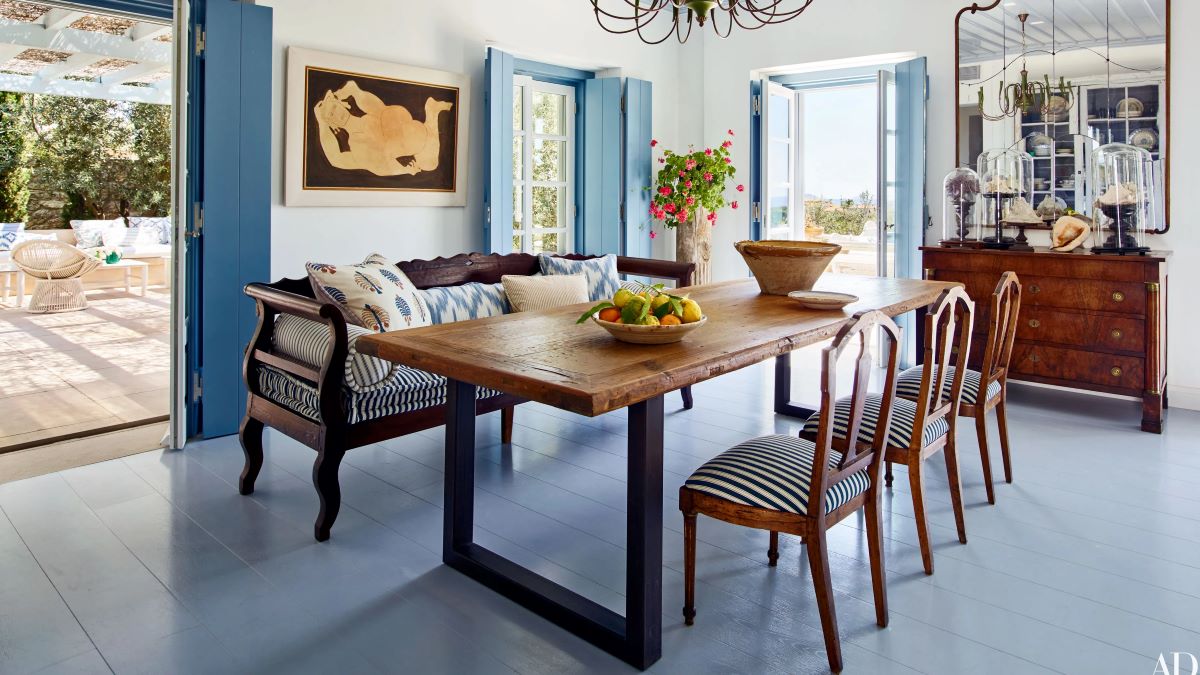
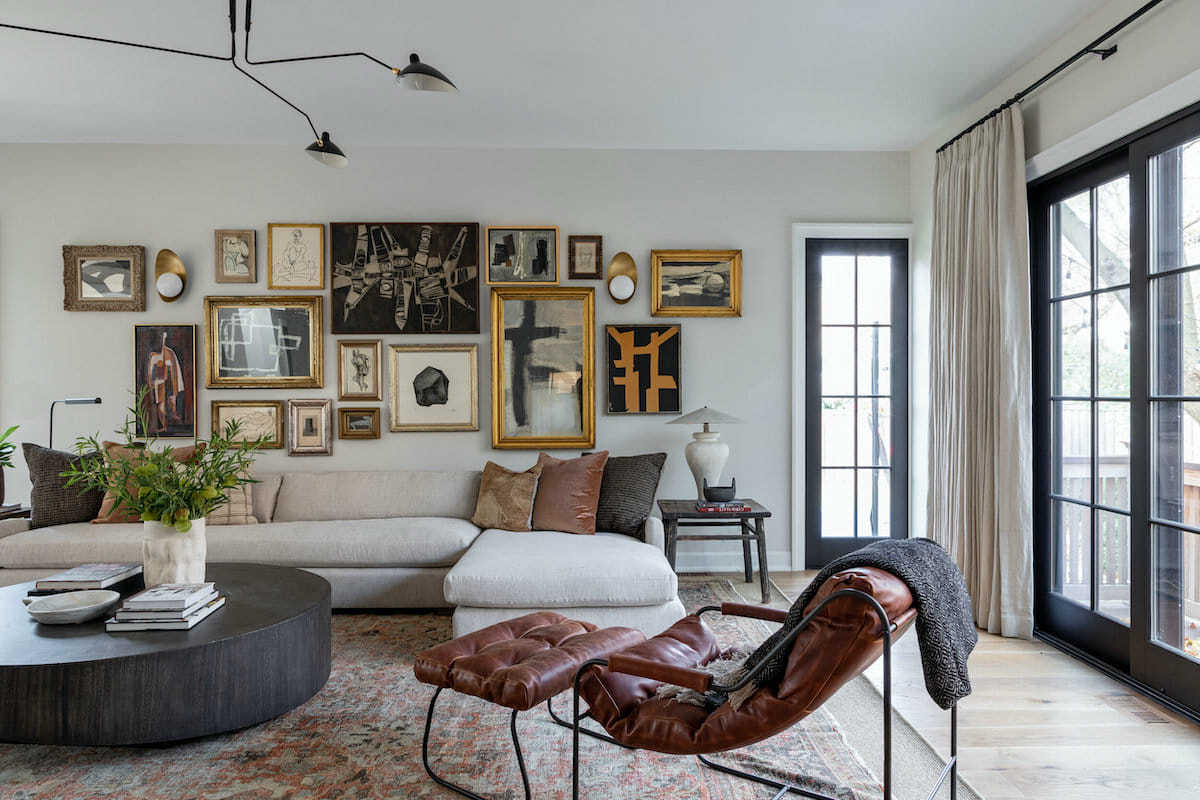
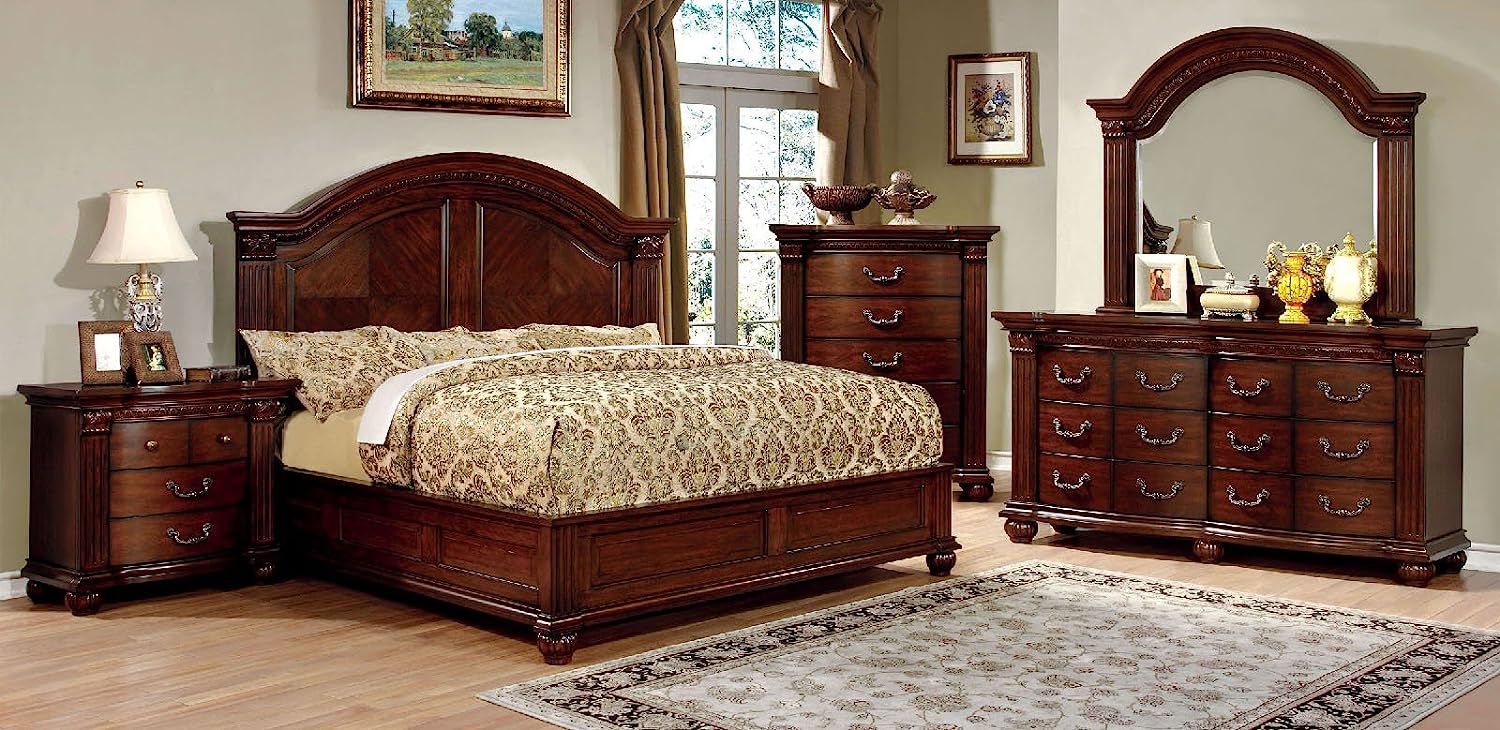
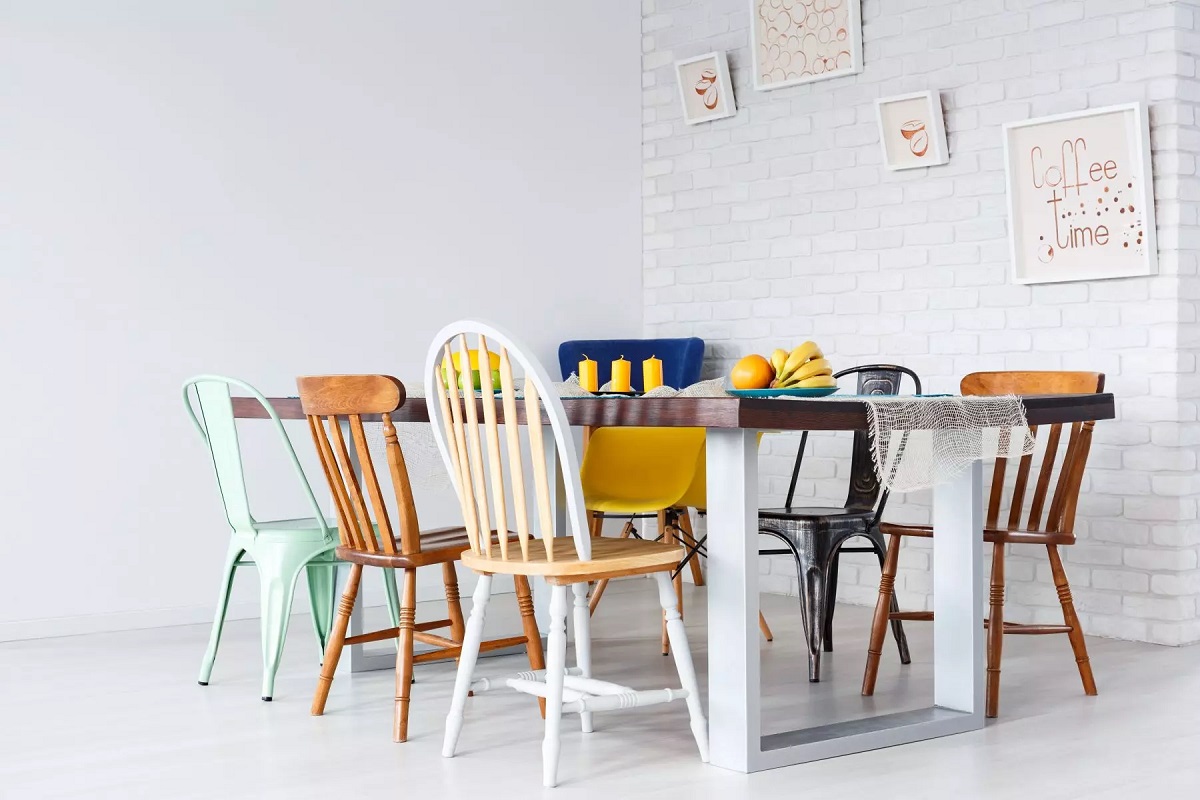
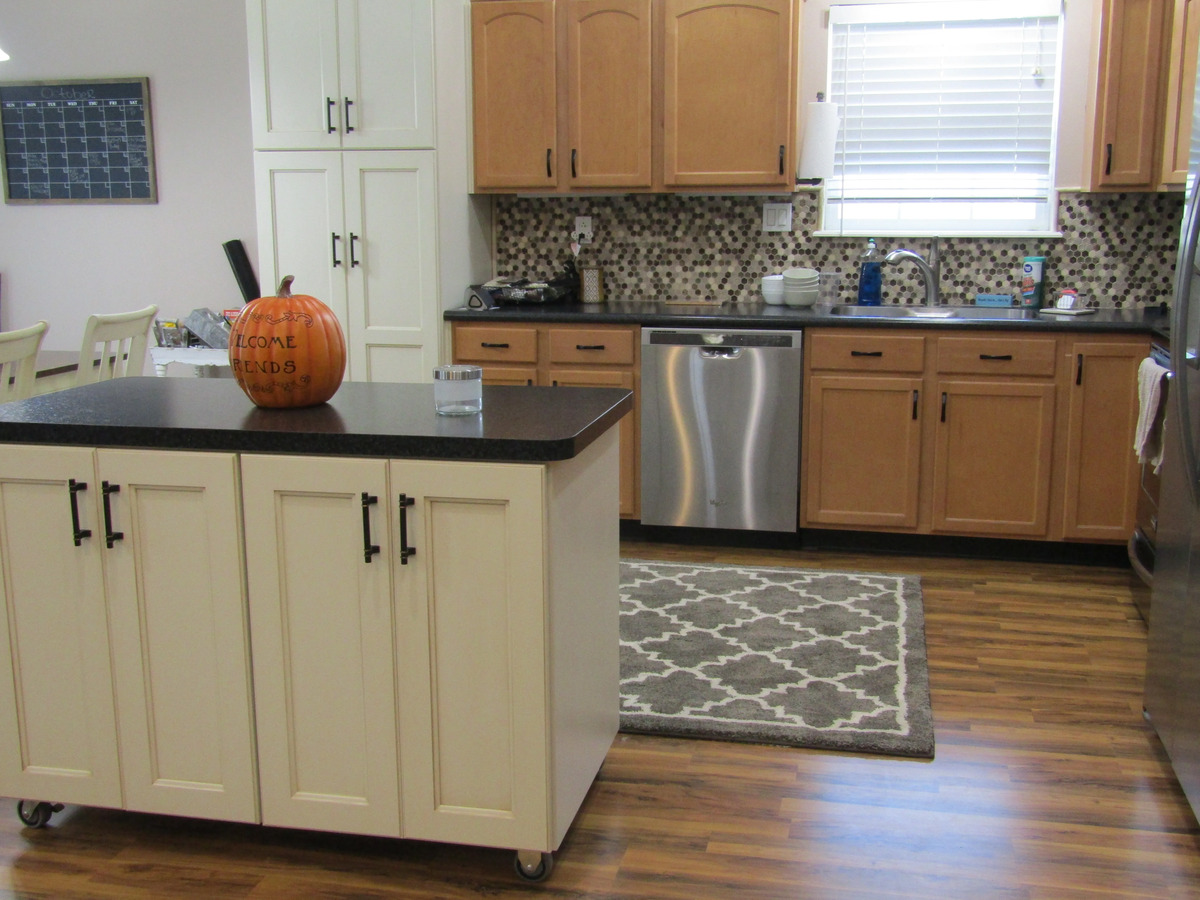
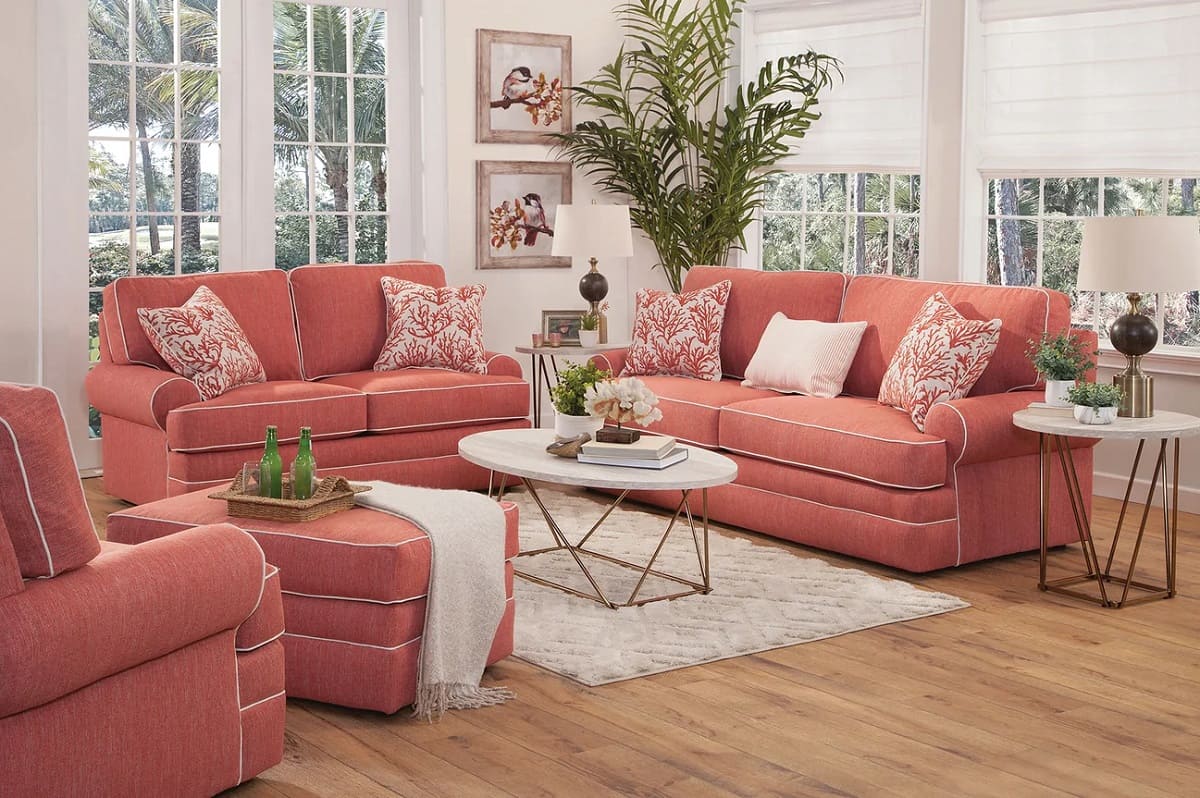
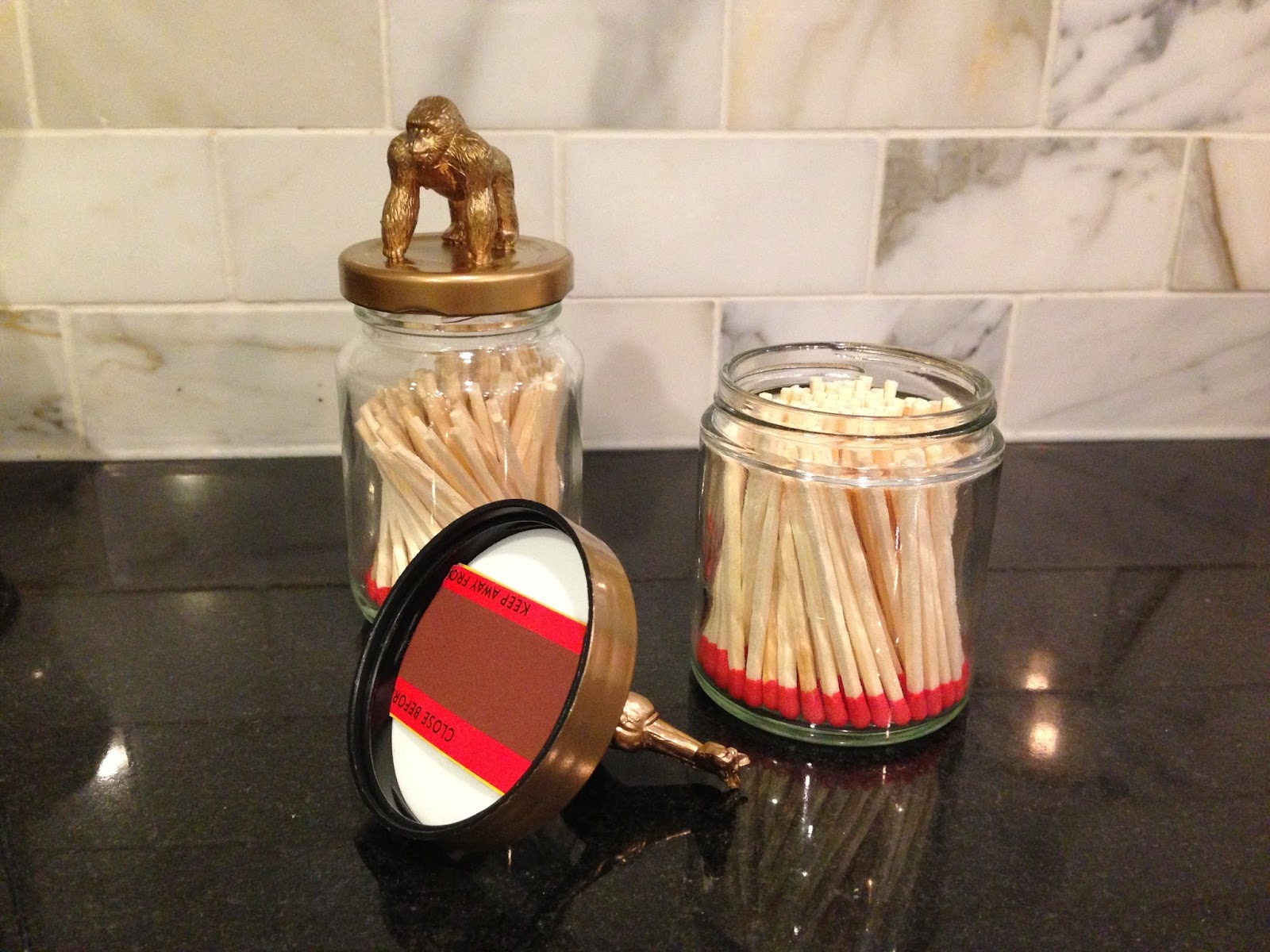
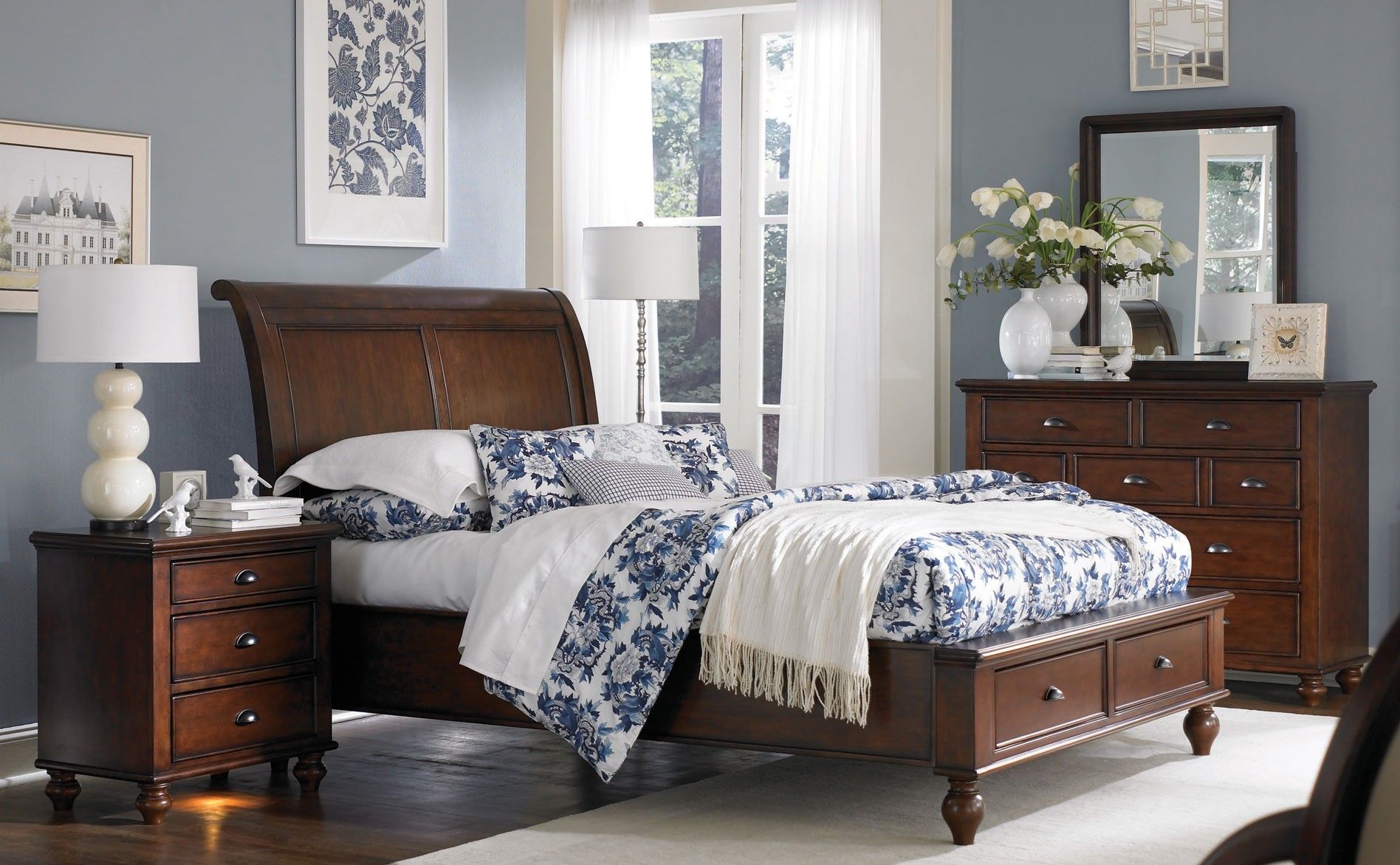
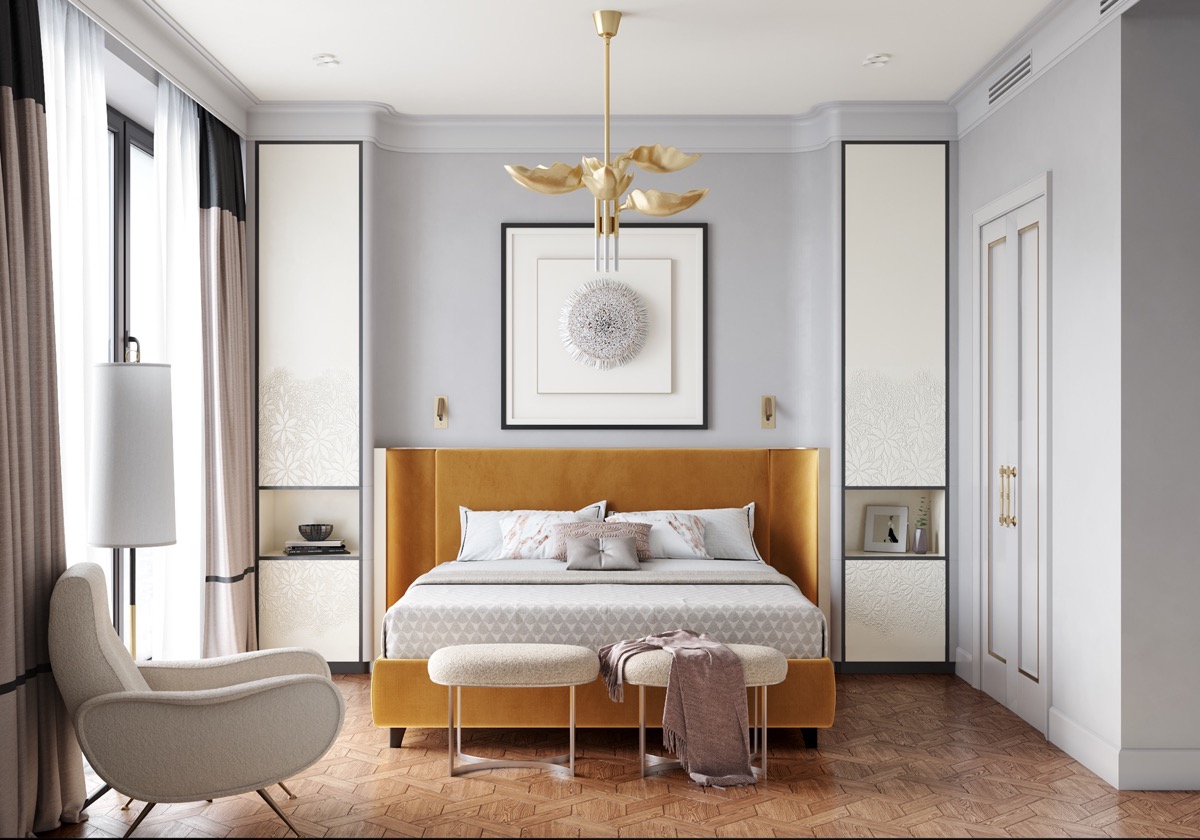

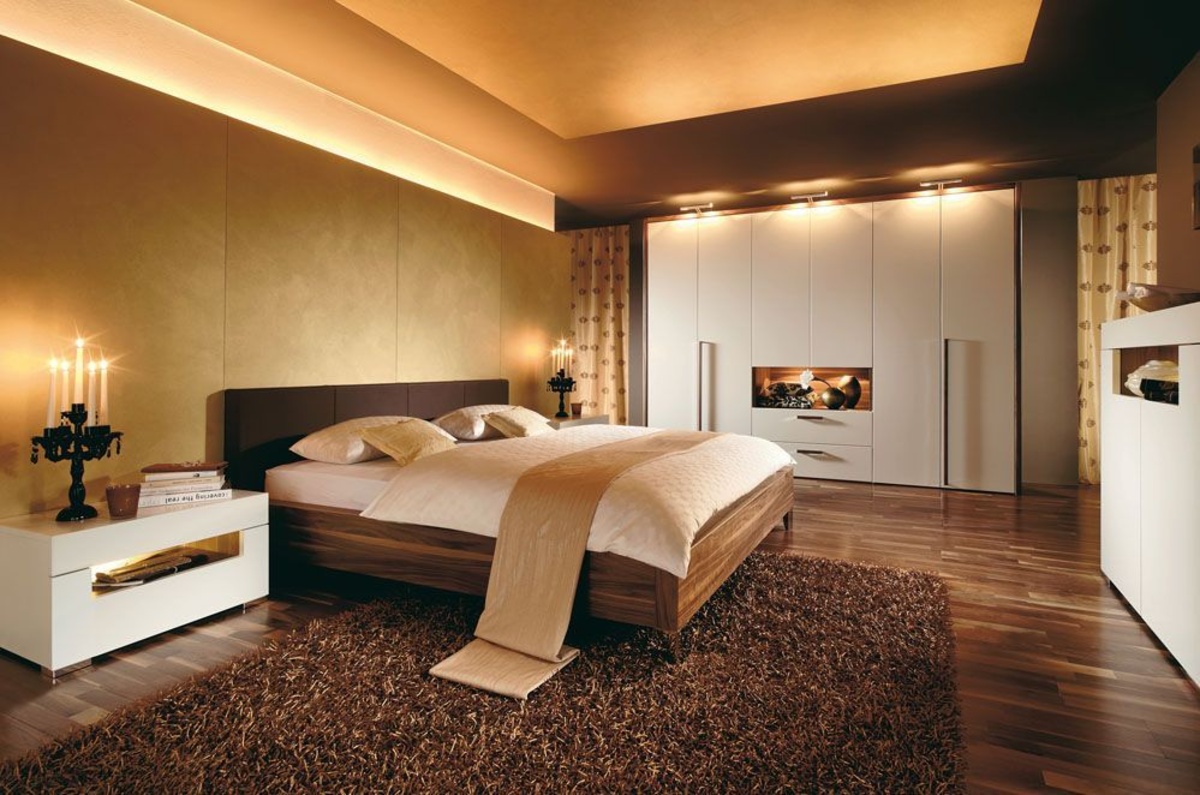



0 thoughts on “How To Mix And Match Furniture In Bedroom”